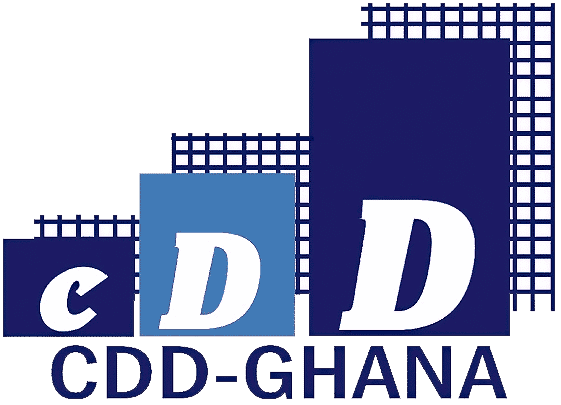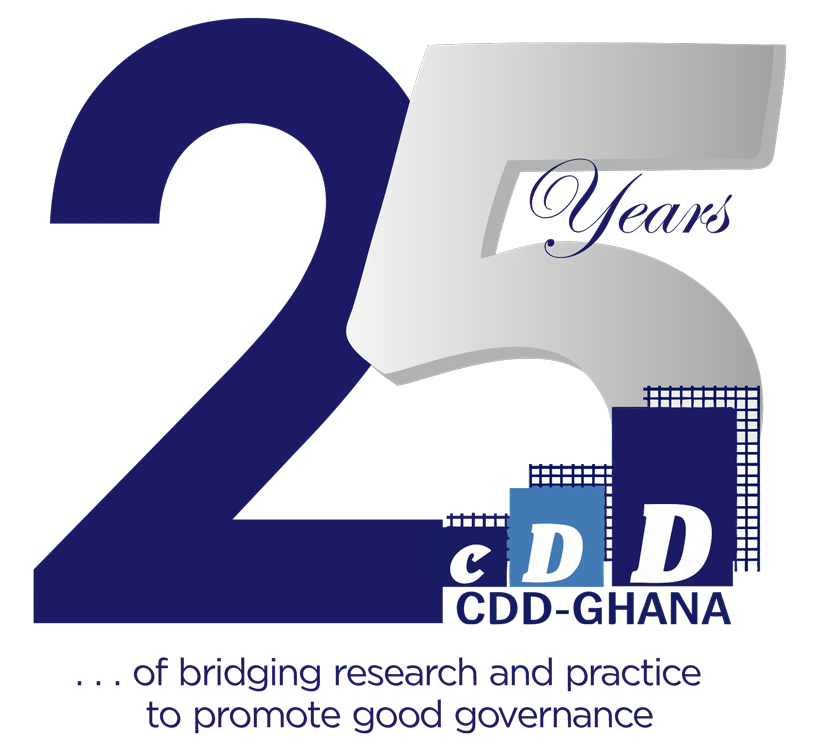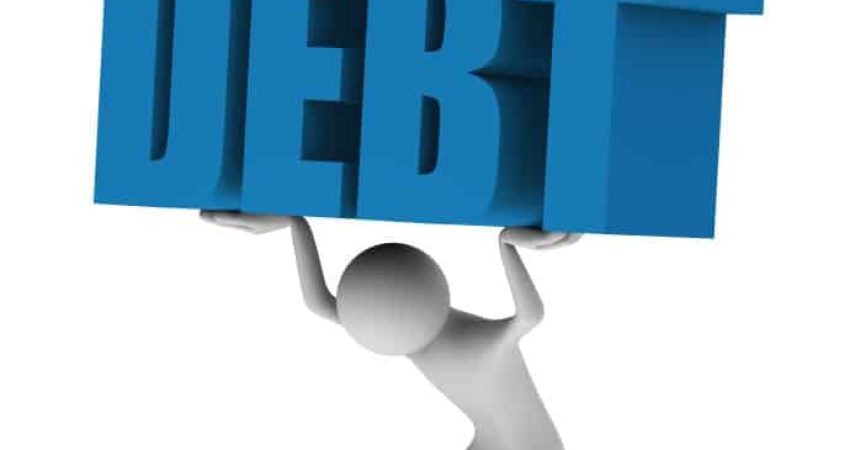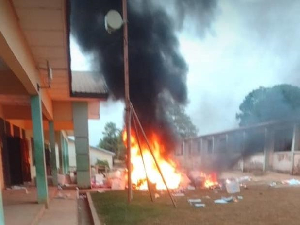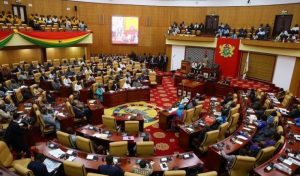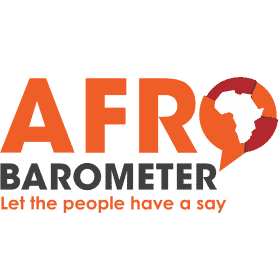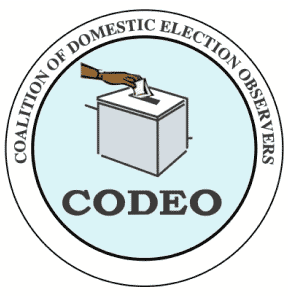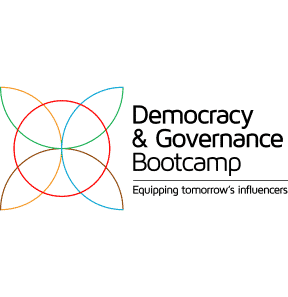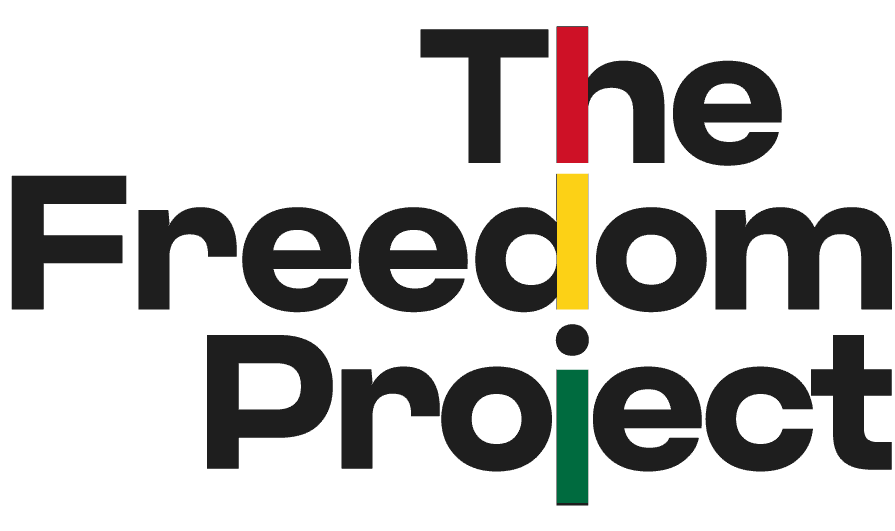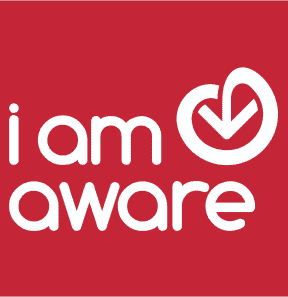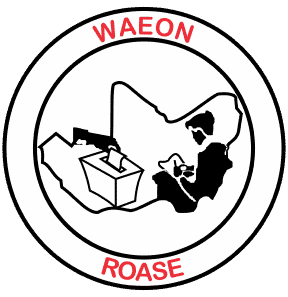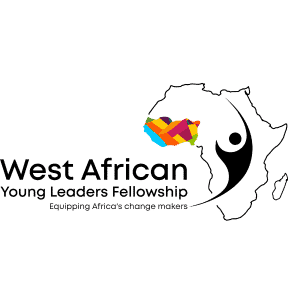April 27, 2021
In a recent speech to a Rotary Club (which has been making rounds on social media), Sam Jonah, after bemoaning Ghana’s apparently unsustainable debt accumulation, claimed that “… some economists argue that the ratio of debt servicing capacity to debt stock is a better measure of sustainability than debt to GDP ratio. *But this is another discussion for another day*.”
Let’s not wait for another day. Why use debt-to-GDP ratio? We do not service and repay debts with GDP. We service and repay debts with three main sources of cash flow: tax revenue, export revenue, and bonds (loans). Therefore, using GDP is misleading if there is weak correlation between GDP growth and the growth of revenue. In this case, it is instructive to note that tax buoyancy measures the response of tax revenue to changes in GDP and is interpreted as the percentage change in tax revenue in response to a 1 percent change in GDP. A tax buoyancy value of 1 means that a 1 percentage increase in GDP leads to a 1 percentage increase in tax revenue. A tax buoyancy of 1 or a strong relationship between tax revenue and GDP is likely if there is/are (a) no corruption or inefficiencies in tax administration, (b) no unnecessary tax exemptions, and (c) the informal sector is small, so there are almost no taxpayers outside the tax net. Otherwise, a country’s tax revenue may grow at a much slower rate than its nominal GDP. In short, we expect a tax buoyancy value of 1 if tax collection/administration is efficient or there is no waste in tax administration. There is no guarantee that these conditions hold in developing countries like Ghana.
A better and revenue-based measure of debt sustainability is interest payment as a percentage of revenue (IPR). In 2019, Japan’s debt-to-GDP ratio was 237%, the highest in the world. But Japan’s interest payment as a percentage of revenue was only 10.95% in 2019. The 2019 IPR figures for some selected countries are:
*Ghana (37.04%)*; Botswana (2.22%); Ethiopia (5.17 %); Senegal (9.01%); South Africa (12.49%); Uganda (13.17%); Kenya (19.28%); United Arab Emirates (0.00202%); Jamaica (20.24%); *Zambia (44.45%)*; USA (15.54%); UK (5.96 %); Germany (1.47%); Canada (6.05%); China
(2.76%); France (3.27%); India (23.01 %); Norway (0.7425 %); Singapore (0.4173%).
Ghana’s IPR increased from 12.46% in 2011 to 37.04% in 2019
(https://data.worldbank.org/indicator/GC.XPN.INTP.RV.ZS?locations=GH). Ghana has one of the highest IPRs in the world. In its evaluation of Ghana’s 2020 budget, PricewaterhouseCoopers observed that “While the recent rebasing exercise led to a decline in the debt-to-GDP ratio, interest payment as a percentage of tax revenue, which demonstrates the country’s repayment ability, remains unchanged. This suggests that any future debt management measures should focus on limits to the amounts borrowed, in addition to the conventional debt-to-GDP ratio.”: https://www.pwc.com/gh/en/assets/pdf/2020–budgethighlights.pdf
According to the IMF’s 2019 debt sustainability report, “Ghana is at high risk of external public debt distress with thresholds breached on the PV (present value) of external debt to GDP ratio, the debt service-to-exports ratio, and the external debt service-to-revenues ratio, with the latter exceeding the threshold throughout the forecast horizon.” Parenthesis mine.
The present-value (PV) approach to debt sustainability is similar to the determination of the solvency of a corporation (e.g., a bank). Under this approach, a government is solvent (i.e., has a sustainable debt trajectory) if the present value of *future resources available for debt servicing*, as represented by future primary fiscal balances, is larger than the present value of all future public debt-servicing obligations. In other words, public debt is sustainable if the government has a positive net worth.
The markets also send signals about a country’s debt sustainability. Barely three months after Ghana entered into an IMF Extended Credit Facility program in 2015, it could not raise $1 billion on the international credit market without a $400 million guarantee by the World Bank. And about nine months later in August 2016, Ghana could not raise $1 billion because investors, seeing Ghana as a high-risk borrower, demanded high interest rates. Yet, in 2015 and 2016, Ghana’s debt-to-GDP ratio was at least 10 percentage points lower than the ratio in 2020. In 2016, interest payment as a percentage of revenue was 35.77%, a significant increase from its value of 27.15% in 2015. The 2019 figure was 37.04%. The trajectory of Ghana’s IPR is disturbing. It does not necessarily mean that Ghana will soon default on its debt. However, a growing and high IPR is a bad signal. It must be reduced. Even if loans are being invested judiciously, a rising IPR is an indication of a slower growth of revenue relative relative to the growth of interest payments.
So much for the economics of debt sustainability. There is also the political and legal issue of fiscal transparency and accountability. Those who manage our debt must be accountable to the people. Officials who have mismanaged or embezzled public funds should be prosecuted and, if convicted, they should be jailed. Easier said than done? Fiscal transparency and accountability are important for debt management and sustainability. One does not have to belabor this point.
-End-

Dr. J. Atsu Amegashie is a D&D Fellow at CDD-Ghana. He is a Professor of Economics at the University of Guelph in Canada and a Fellow of the Center for Economic Studies and the Ifo Institute for Economic Research (CESifo) in Munich, Germany and the Tshepo Institute of Wilfrid Laurier University, Canada. His fields of specialization are Public Economics, Development Economics, and Microeconomics.
